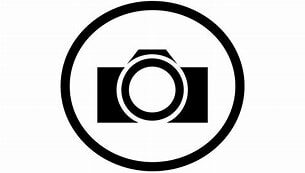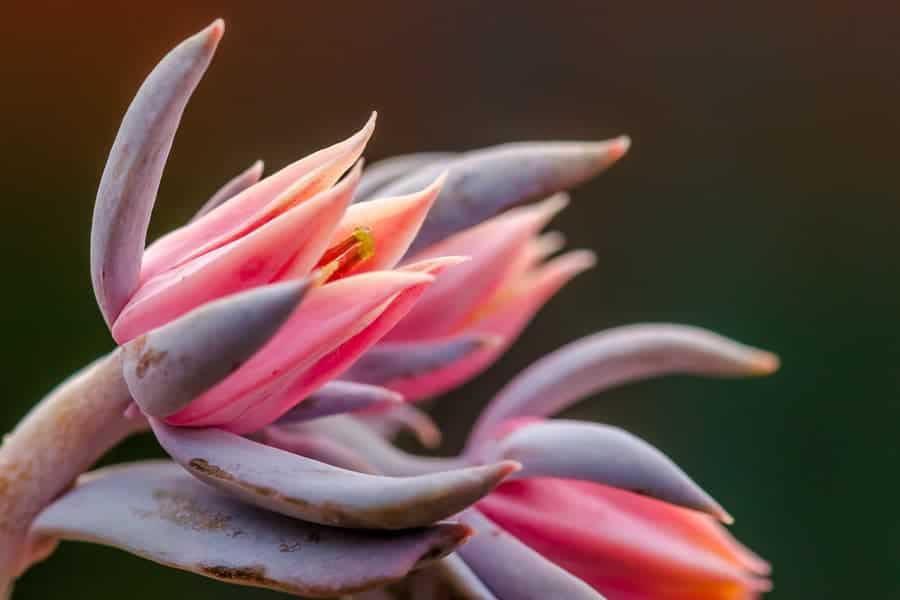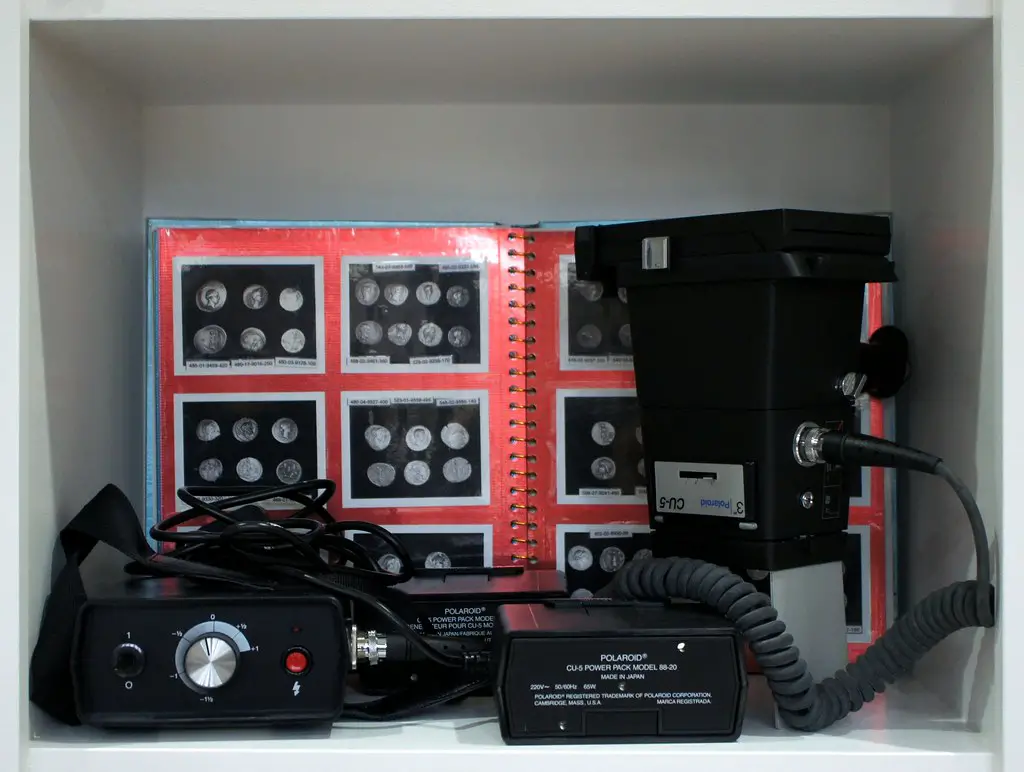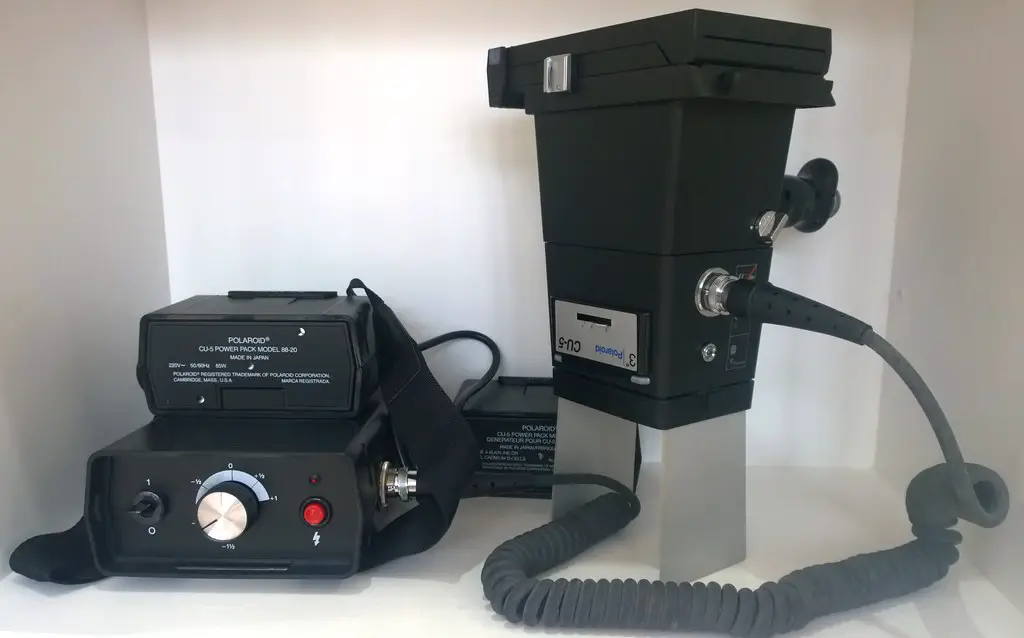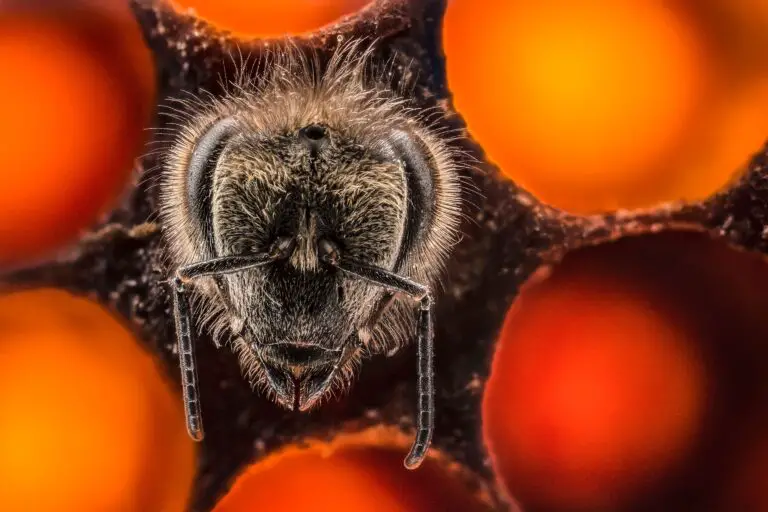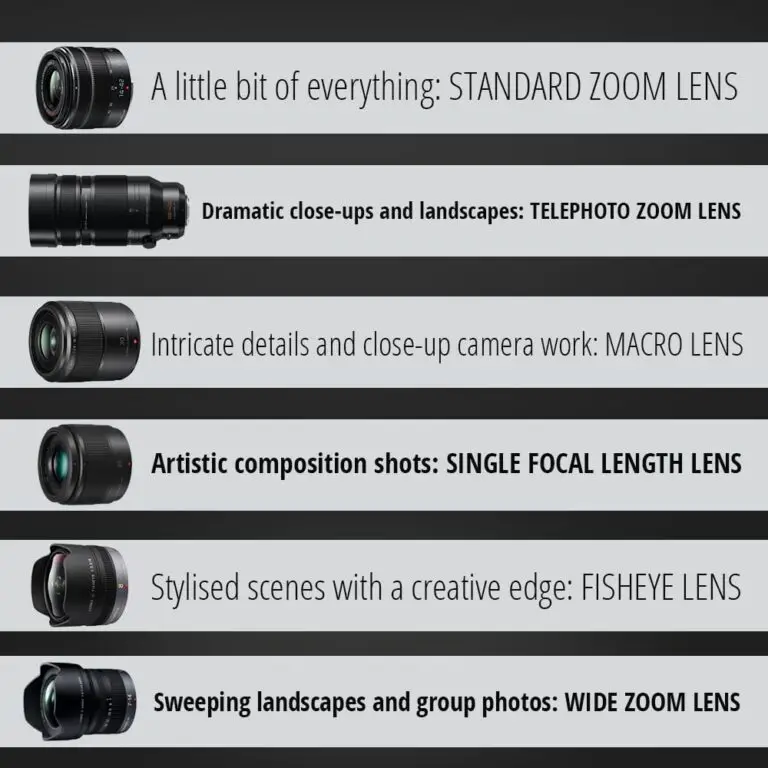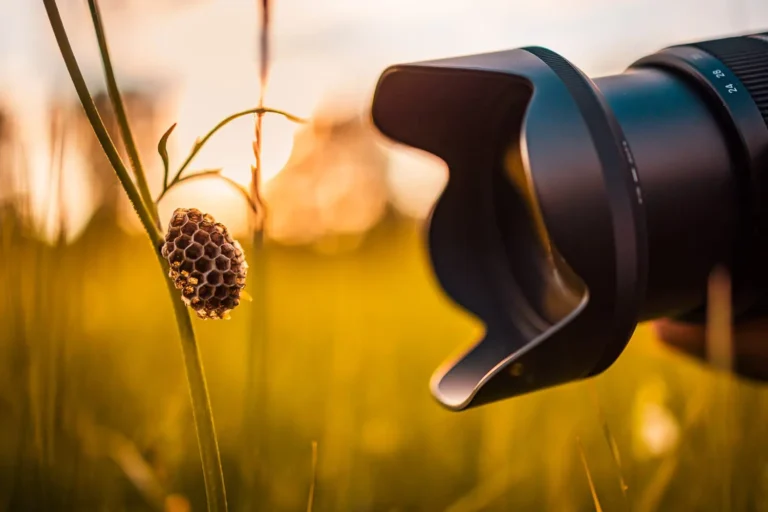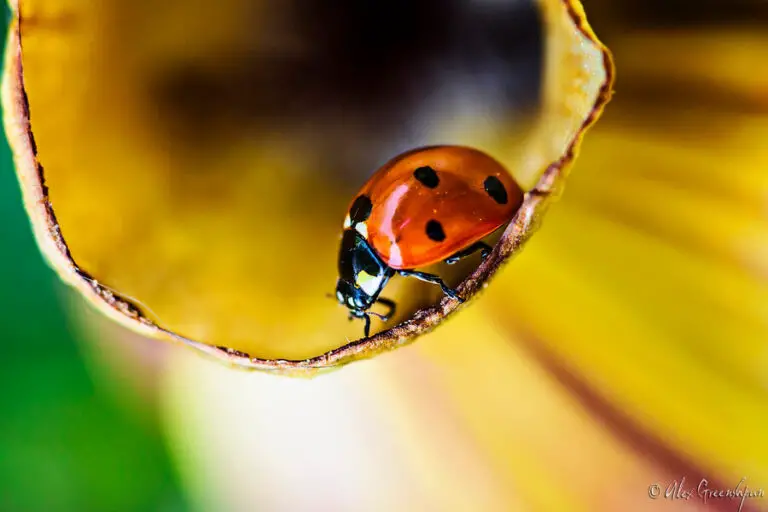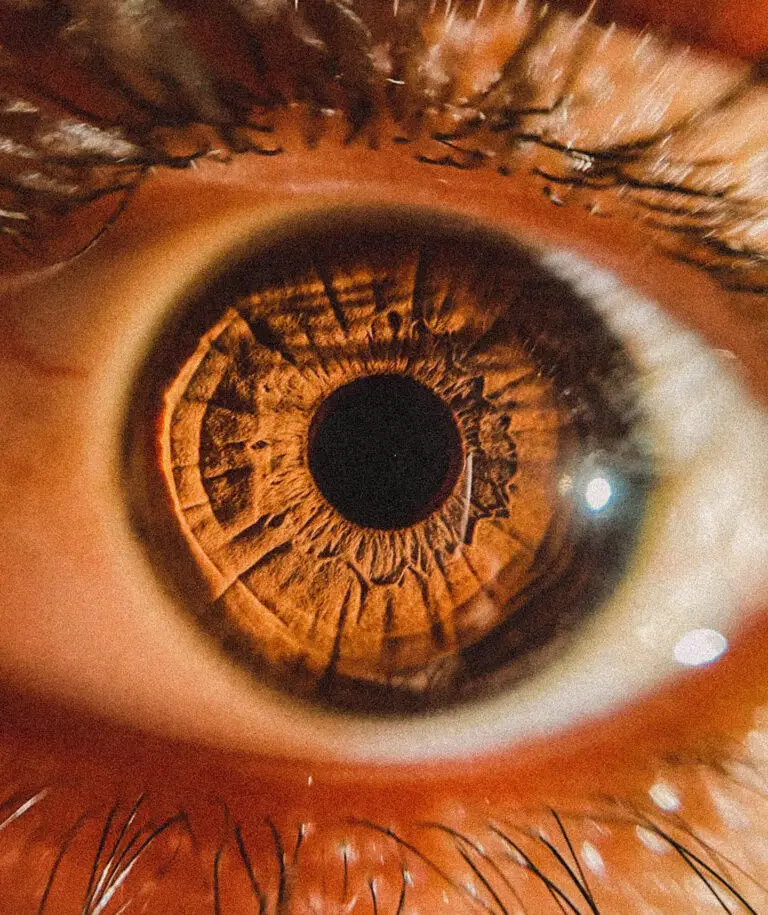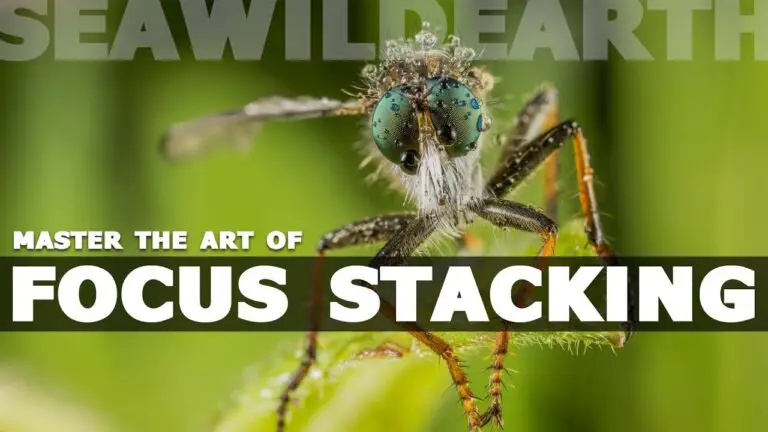Getting Up Close: A Beginner’s Guide to Macro Photography
Macro photography is an enchanting endeavor that beckons us to encounter the wonders of the world at a scale nearly invisible to the naked eye. For those who are beginning their photographic exploration, the art of macro photography offers a path to unveil the intricacy and detail of even the smallest subjects. In this comprehensive guide, you’ll uncover the basics of macro photography to frame your own miniature masterpieces.
Understanding Macro Photography
At its core, macro photography is about making small objects look larger than life. The allure of capturing the fine details of a subject, such as the subtle patterns on a butterfly’s wing or the dew glistening on a spider’s web, is what draws many to the art. This section will explore the essentials of macro photography, equipping you with the knowledge to start your close-up adventure.
Equipment Needed
Investing in the right gear is crucial. The primary tool of the macro photographer is a macro lens, purpose-built to capture at high magnifications. Alternatively, you can use extension tubes. These mount between your camera body and lens, moving the lens farther from the sensor and allowing for closer focus.
Techniques
Macro photography involves a few distinct techniques that are essential for capturing sharp images. One such technique is focus stacking, where multiple images taken at slightly different focus distances are combined into a single, ultra-sharp photo. Additionally, understanding lighting and composition in this context is key to accentuating the character of the subject.
Subject Selection Tips
Selecting the right subject is fundamental in macro photography. Subjects range from the tiny world of insects and flowers to everyday objects that take on new life when viewed up close. Here, you’ll learn how to choose subjects that tell a story or evoke a certain emotion.
Natural and Living Subjects
Natural subjects such as insects, arachnids, and flora provide endless fascination. When photographing living organisms, it’s crucial to be mindful and respectful of their environment. Patience will be a virtue, but the payoff is an image that reveals these creatures’ natural beauty.
Everyday Objects
Macro photography challenges us to see the extraordinary in the ordinary. A close-up of your morning coffee, the texture of a favorite sweater, or the unexpected patterns on a common household item can create unique and captivating images.
Macro Photography Challenges
The macro world presents a host of challenges, the most significant of which are depth of field, lighting, and stability. This section will provide tips on how to overcome these common hurdles and ensure the best possible results.
Depth of Field
Depth of field (DoF) refers to the range of the image that appears sharp. In macro photography, due to the close working distance, DoF can be extremely shallow, sometimes just a few millimeters. Using a small aperture, such as f/22, can help extend the DoF, but it’s a fine balance against diffraction—which can occur at very small apertures and cause a loss of sharpness.
Lighting Solutions
Lighting macro subjects can be challenging, as shadows and highlights can easily overpower the subject. One common solution is to use reflectors and diffusers to soften and control natural light. Alternatively, invest in a macro ring light or an off-camera flash to create more directional and controllable lighting.
Stability is Key
Handholding a camera in macro photography often leads to blurry images due to the high magnification and the natural movement of your body. To ensure sharpness, use a tripod and a remote shutter release. If you’re shooting in the field and unable to carry a tripod, there are also compact and versatile tabletop tripods that can be used for support.
Post-Processing and Editing
The work isn’t over when the picture is taken—post-processing is equally important, especially in a genre like macro photography. This section will introduce you to the basics of post-processing in macro photography, including software recommendations and techniques to enhance the details of your photos.
Selecting the Right Software
There are various editing software options, ranging from industry standards like Adobe Photoshop and Lightroom to simpler, user-friendly programs. For beginners, start with software that offers the tools you need without an overwhelming amount of complexity.
Enhancing Fine Details
In post-processing, you’ll focus on enhancing the fine details that macro photography captures in abundance. Techniques such as sharpening and noise reduction play a key role. But, be cautious—over-processing an image can lead to unnatural results. The key is subtlety.
Tips for Beginners
Practicing macro photography is an adventure that leads to exploring the unseen and appreciating the little things. Here are some additional tips to guide you as you photograph the miniature world around you:
Patience is a Virtue
When it comes to macro photography, subjects often do not cooperate. Be prepared to wait for the right moment. Sometimes, this means revisiting a location or subject multiple times to capture the image you desire.
Experiment with Angles
Macro photography allows for a variety of creative angles. Get low to the ground, try an overhead perspective, or shoot at eye level. Different angles can dramatically change the impact of a photo, so don’t be afraid to move around and experiment.
Conclusion
Armed with the knowledge shared in this guide, you are ready to take the first steps into macro photography. Remember, macro photography is not just about capturing an image—it’s about experiencing the world in a new and intricate way. With each photo you take, you reveal a truth often hidden by scale. Keep pushing the boundaries, exploring the small, and marveling at the detail. There’s a universe waiting for you in every tiny subject.
